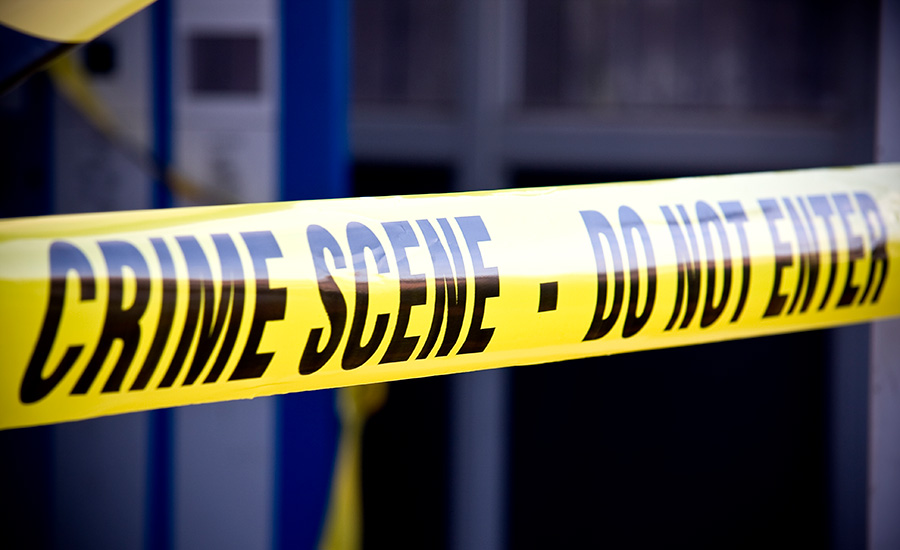Mass violence, primarily shootings, is growing and can only continue to do so. Some of the factors giving rise to it such as mental illness, the internet, and the copycat phenomenon that we have no real control over. That said, as security professionals, we have a professional obligation to analyze where the failures are in order to take corrective action to mitigate future events. Good ethics is also good branding. If we are seen as the initiators of safe measures, it will be positive.
What are our mass violence failures?
First, I believe that media are failing us as they sensationalize these mass violence events. The focus on heroics and first responders after an event takes our eye off the ball. Effective responses require immediate action. “Initial Responders” need to be incorporated into the equation. We saw Walmart employees save multiple lives in the El Paso situation. At the same time, we continually see security officers saving people, but we downplay it. Security leaders and professional organizations should take the media to task for this. It’s a public safety issue, plain and simple.
In addition, the media continues to publish the scrawlings of these active shooters and calls them “manifestos”. Our Canadian brethren began referring to lone wolves as “lone fools” a few years ago. Protection professionals, as well as media folks, need to eliminate any reference to mad dogs that could be construed as enhancing their brand.
Another issue that we continue to deal with with regards to mass violence is reliable information. My Criminology professor in college used to say that “figures lie and liars figure”. He was painfully correct. In dealing with mass violence, there are no reliable databases. Existing statistics only include incidents with multiple fatalities, which is the tip of the tip of the iceberg. But the loss of empirical data doesn’t end there: aside from the exemplary efforts of PrivateOfficer.com, there is no entity that tracks security officers who are murdered in the line of duty. This gap is appalling by itself, but even more troubling as it relates to mass violence. We can’t manage what we can’t measure.
Third, a threat reporting system is not a threat management system. School security expert Rick Shaw posits that the failures aren’t in collecting threats; they are in making sure they get to the right people and that they are correctly acted upon. As we’ve seen this movie before, it would be prudent to initiate and maintain an audit process for our threat management systems.
Fourth, time is not on our side! Violence is fast, and most people have no concept of this. There’s a real gap here! When under attack an individual, has at most, 3 seconds to act. Defensive Tactics guru Tony Blauer has spent years studying how people naturally react to an assault.He’s developed programs to incorporate Mother Nature. In active shootings, many people hide under tables and desks. This must be studied and worked with as Blauer has done. The Force Science Institute also has some important information regarding reaction time. Therefore, we need to fully understand the dimension of time before developing future countermeasures.
In addition, Police also need to incorporate security personnel into their active shooter planning. They need to be called on this if diplomatic outreach to them is unsuccessful. This is unconscionable; it goes against the “protect and serve” brand that law enforcement agencies have strived to project. It also opens a very wide door for negligence actions.
Last, let's talk about civil liability. Property owners, security service providers and police agencies are facing serious negligence actions with some of these events. Institutionalized arrogance and complacency magnifies the vulnerability. Plaintiffs will correct many of the protection failures over time, as will insurance carriers. Perhaps viewing this through the eyes of a plaintiff’s attorney will provide the optimal audit process.
I've developed the CANE Model with regards to mass violence events.
The CANE Model is an “instructional roadmap” or “overlay”. It aids in ensuring people are instructed in what they need to do before and during an attack. Victim-centered, it helps ensure that all the bases are covered. It can/should be incorporated or overlaid with other programs such as ALICE, or Run/Hide/Fight and others. It also helps to provide a realistic use of those critical seconds when action must be taken.
C is for Cover, Concealment, Calming. Cover (shielding), Concealment (hiding) and Calming (defusing the aggressor)
A is for Assessment (pre-attack such as threats, fixation with violence, etc.) or attack (weapons, unusual gait, accomplices)
N is for Notification Properly communicating when an attack happens. Tactical communications which can be bundled within existing communications training.
E is for Escape (run, sneak away,) or Engage (fight)
CANE enables tailoring in the face of time and budgetary constraints.

